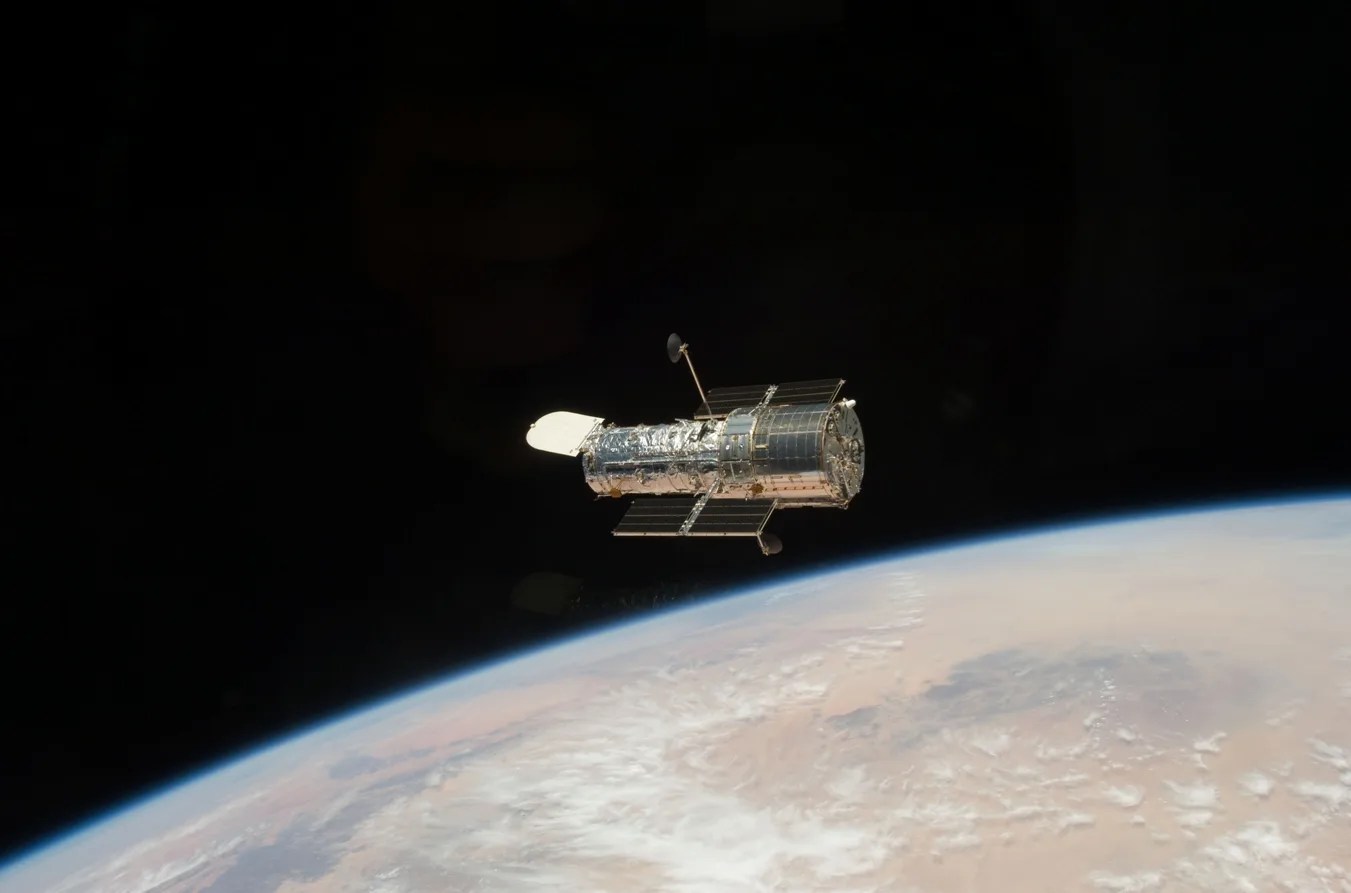2 min read

The NASA/ESA Hubble Space Telescope’s Wide Field Camera 3 imaged this lonely spiral galaxy called UGC 9391. The galaxy resides 130 million light-years from Earth in the constellation Draco near the north celestial pole. Its star-studded spiral arms stand in splendid isolation against a backdrop of distant galaxies, which are only visible as indistinct swirls or smudges thanks to their vast distances from Earth. The image also features some much brighter foreground stars closer to home. These bright nearby stars are ringed with diffraction spikes – prominent spikes caused by light interacting with the inner workings of Hubble’s secondary mirror supports.
This image is from a set of Hubble observations which astronomers used to construct the “Cosmic Distance Ladder” – a set of connected measurements that allow astronomers to determine how far the most distant astronomical objects are. Astronomical distances are only directly measurable for relatively nearby objects – closer than 3,000 light-years or so. For distances beyond this, astronomers rely on a set of measured correlations calibrated against nearby objects. UGC 9391 helped astronomers improve their distance estimates by providing a natural laboratory in which to compare two measuring techniques – supernova explosions and Cepheid variables. Improving the precision of distance measurements helps astronomers quantify how quickly the universe is expanding – one of Hubble’s key science goals.
Text credit: European Space Agency
Media Contact:
Claire Andreoli
NASA's Goddard Space Flight Center, Greenbelt, MD
301-286-1940







